WHY TITANIC SANK? THE SECRET REASON BEHIND
Titanic ship wreckage under ocean till today
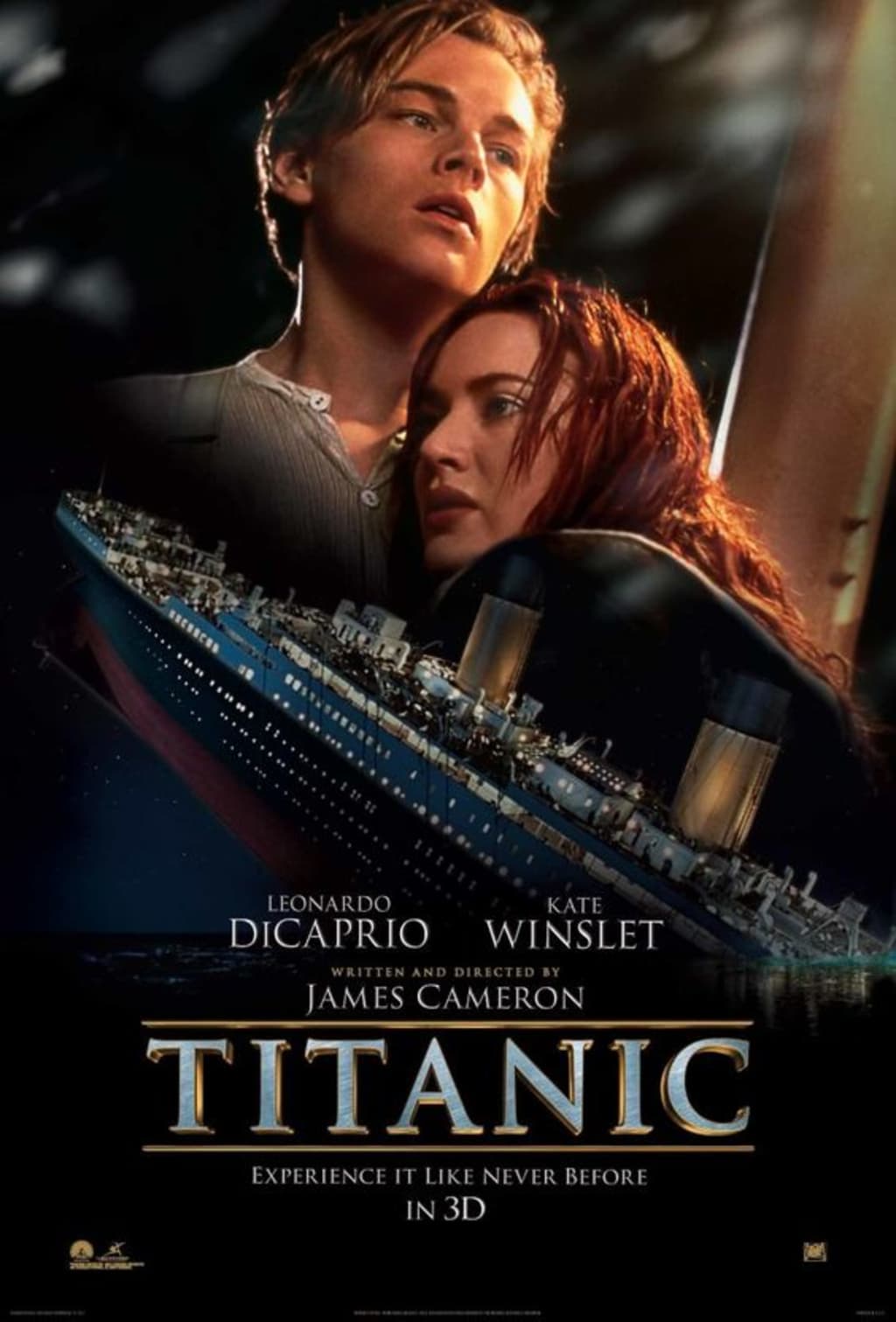
The Unsinkable Dream: Unveiling the Titanic's Tragic Fate
In the early 20th century, a grand vision was born – an unsinkable marvel that would redefine luxury and revolutionize ocean travel. This vision materialized into the RMS Titanic, a majestic ship deemed the epitome of opulence and engineering prowess. As the Titanic set sail on its maiden voyage, a confluence of factors would ultimately lead to its tragic fate, forever etching its name into history.
The year was 1912, and anticipation buzzed in the air as the Titanic embarked on its journey from Southampton, England, to New York City. Onboard, a microcosm of society converged – from aristocrats to emigrants seeking a new life. The ship's creators believed that state-of-the-art technology, innovative design, and an unwavering confidence in its resilience made the Titanic virtually unsinkable. Yet, fate would soon challenge this audacious claim.
As the Titanic glided across the tranquil waters of the North Atlantic, an iceberg loomed on the horizon, concealed by the darkness of the night. The crew, relying on outdated navigation practices, failed to detect the iceberg until it was perilously close. Desperate attempts to maneuver the colossal vessel proved futile, and the Titanic grazed the iceberg's side.
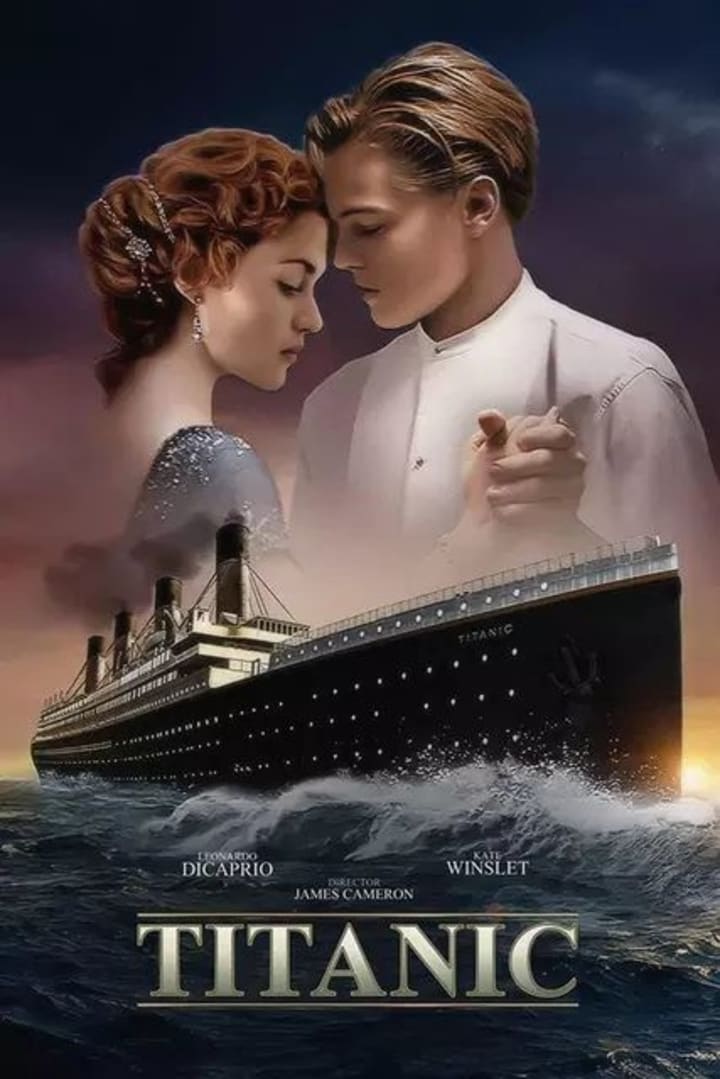
The initial impact was deceptively mild, giving rise to a sense of relief. However, hidden beneath the surface, the iceberg had inflicted irreparable damage. A series of fatal punctures along the ship's hull left its watertight compartments compromised. As seawater flooded the compartments, the Titanic's unsinkable dream began to unravel.
Panicked passengers and crew raced against time, deploying lifeboats in an attempt to save as many lives as possible. Yet, despite the bravery and resilience displayed in the face of disaster, the Titanic's fate was sealed. The ship's sheer size and weight caused it to gradually tilt forward, and with agonizing inevitability, it slipped beneath the frigid waters of the Atlantic.
In the aftermath of the tragedy, investigations and inquiries delved into the factors that contributed to the Titanic's sinking. It became evident that a combination of human error, overconfidence, inadequate safety measures, and technological limitations had culminated in the disaster. The hubris of the "unsinkable" label had overshadowed the need for meticulous caution and vigilance.
The Titanic's sinking sent shockwaves around the world, prompting a reevaluation of maritime safety standards. Lessons learned from the tragedy led to the implementation of new regulations, including improved navigation practices, increased lifeboat capacity, and enhanced communication systems. The loss of over 1,500 lives served as a poignant reminder that even the most ambitious feats of engineering remain vulnerable to the forces of nature.
Today, the Titanic's legacy endures as a cautionary tale, a poignant reminder of humanity's boundless aspirations and its capacity for hubris. The shipwreck lies on the ocean floor, a haunting monument to the fragility of human ingenuity in the face of nature's unyielding power. As the story of the Titanic continues to captivate hearts and minds, it serves as a somber testament to the indomitable spirit of exploration – a symbol of both our audacious dreams and the humbling realities that await us on uncharted waters.
A timeless story of love and loss, 'The great Titanic' has kept many mysteries saved in its rudder. The legendary Titanic was the pride and joy of the White Star Line and at the time, the largest moving object ever built, the giant deck was considered unsinkable. But the greatest question was not that 'how could the Titanic have sunk to the bottom of the Atlantic just four days into its maiden voyage but there are thirteen mysteries, which are still unsolved.
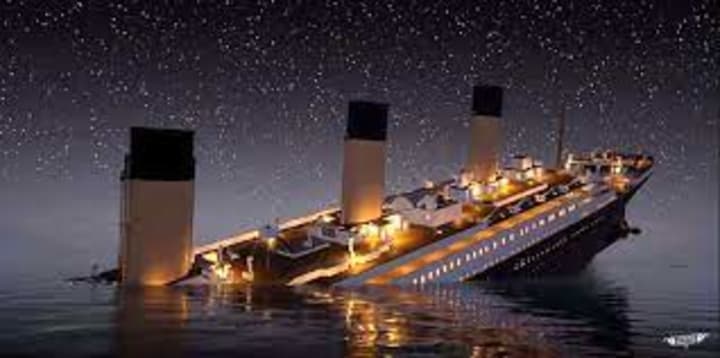
Was it really Titanic?
The iconic story revolves around a seventeen-year-old aristocrat who falls in love with a kind but poor artist at the luxurious Deck which sank in the North Atlantic Ocean on April 15 1912 after striking an iceberg during her maiden voyage from Southampton, England to New York City, United States. From 2, 224 passengers and staff crew 1, 500 people died in the tragedy. But the question arises that the ship that sank was the Titanic. Because many sources claim that the ship was actually identical R.M.S. Olympic. As the story goes, the Olympics had been damaged in an accident the year before, but to score a bigger insurance payoff, the ships’ common owners passed off the Olympics as the Titanic and then deliberately sank it. Apart from this, there are many holes in this Titanic theory, serial numbers found on parts of the ship that didn’t sink support it.
Did a fire seal the ship’s fate?
Another interesting fact about the mysterious ship is that a recent documentary offers credible evidence that the Titanic had been damaged by a coal fire, which had been raging for three weeks before the ship even set sail. The damage would have weakened the hull of the ship, thus hastening the ship’s sinking when it collided with an iceberg.
Why was the captain speeding?
For decades, people believed that Captain Smith was speeding through the iceberg because he wanted the Titanic to cross the Atlantic faster than her sister ship, the Olympic. But in 2004, the Geological Society of America published an academic paper by engineer Robert H. Essenhigh with a different theory: It claimed the real reason the Titanic’s captain was speeding was to burn coal as quickly as possible to control the coal fire mentioned above.
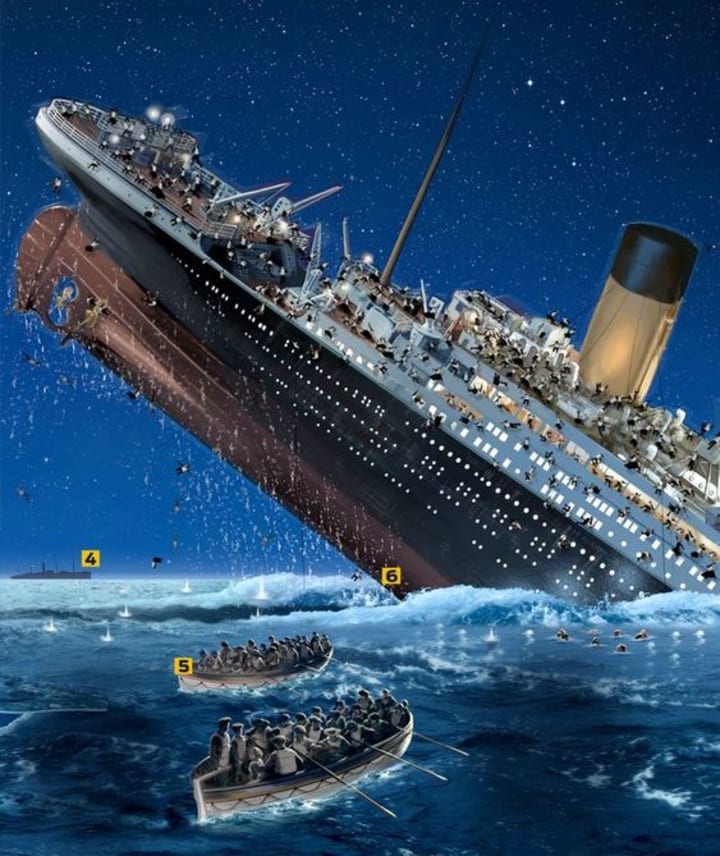
What caused the ship to break into two pieces?
Oceanographer Robert Ballard's report discovered that 'The Unsinkable Ship' broke into two pieces because of design flaws and the skimping on quality materials by the owners and/or builders, the report says “may have been the difference between life and death.”
Did a torpedo sink the Titanic?
Most believe that the Titanic sank after hitting an iceberg on April 14, but some sources revealed that the Titanic was torpedoed by a German U-boat. It is believed that three years later in 1915, a German U-boat did sink a passenger ship, the Lusitania. However, torpedo theorists may be confusing the Titanic with the Lusitania. It’s also possible that they’re confusing the Titanic with the Olympics, which had sustained damage after colliding with a military vessel in 1911.
Did the Californian involve in the tragedy?
The Californian cruise liner was less than 20 kilometres away from where the Titanic sank. It sent a warning to the Titanic about the dangerously icy conditions, which may have been relayed as a non-urgent matter. Later, the Californian crew reportedly ignored the Titanic’s distress signals, although they claimed they were not aware of those signals because their radio operator had gone off duty.
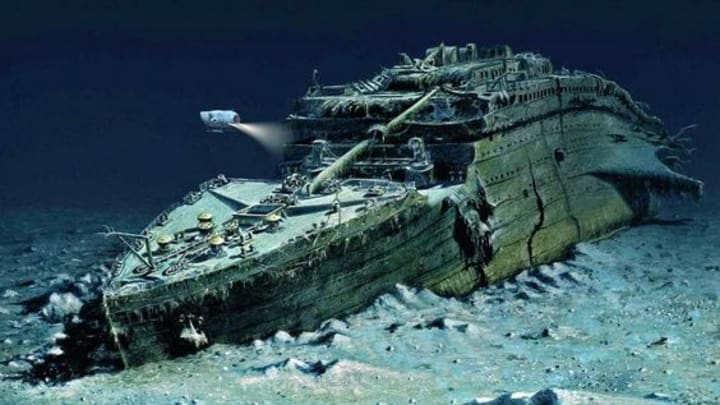
The third ship
The Californian may not have been the only ship that ignored the Titanic’s distress signals. A Norwegian ship, the Samson, may have been nearby as well. Some believe that Samson was closer to the Titanic than the Californian but ignored her distress signals to avoid prosecution for illegal seal-hunting.
Did J.P. Morgan plan the whole thing?
The Titanic took the place of the damaged Olympic blame financier J.P. Morgan, who was one of the owners of the company that owned both ships. Morgan was one of the wealthiest people on the planet at the time, and he wielded considerable power. In addition, he was a last-minute noshow on the Titanic’s sole voyage. Why did Morgan and his entire family not end up on the ship?
Why weren’t there enough lifeboats?
“No matter what caused the Titanic to sink, such a massive loss of life could probably have been avoided if the ship had carried sufficient lifeboats for its passengers and crew,” notes History.com. So then why did the uber-luxury liner have only 20 lifeboats, the legal minimum?
Yes, the wreckage of the Titanic ship is still submerged underwater at the bottom of the North Atlantic Ocean. The Titanic sank on April 15, 1912, after hitting an iceberg during its maiden voyage from Southampton, England, to New York City. The ship split in two and sank to a depth of about 12,500 feet (3,800 meters) on the ocean floor.
The wreckage was discovered in 1985 by a team led by Dr. Robert Ballard, and since then, numerous expeditions have been conducted to study and document the remains of the Titanic. The shipwreck is located approximately 370 miles (600 kilometers) off the coast of Newfoundland, Canada.
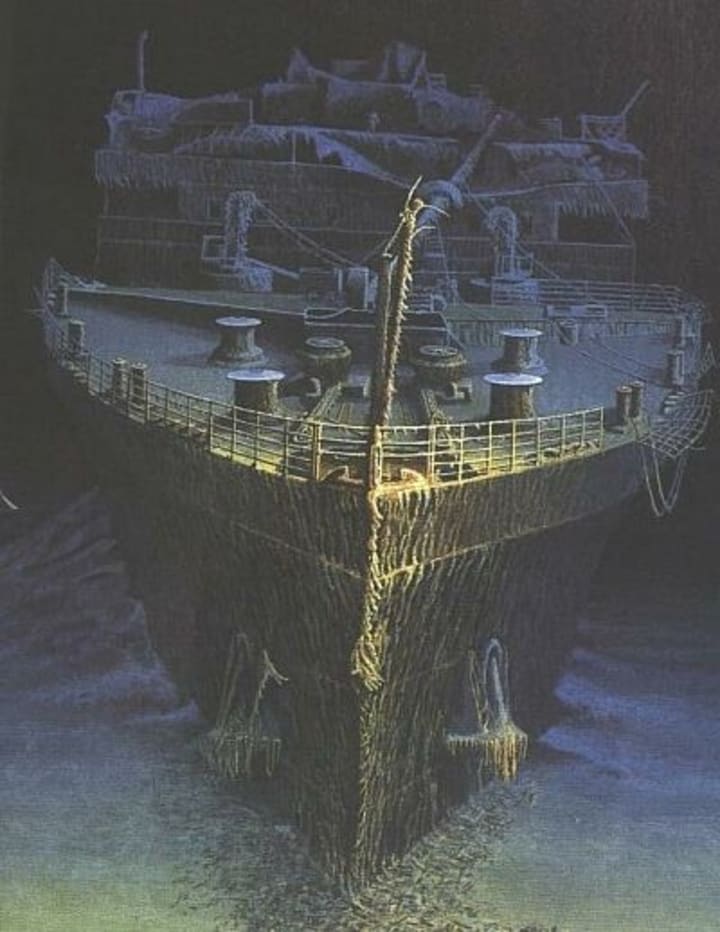
While various artifacts and portions of the wreckage have been retrieved and brought to the surface over the years, the majority of the Titanic remains submerged and largely intact on the ocean floor. The site is considered a memorial and a grave site for the passengers and crew who lost their lives in the disaster, and efforts have been made to protect and preserve the wreckage and its historical significance.
About the Creator
Enjoyed the story? Support the Creator.
Subscribe for free to receive all their stories in your feed. You could also pledge your support or give them a one-off tip, letting them know you appreciate their work.





Comments (1)
Hello, AI is permitted on Vocal. It is a Vocal policy that content created with AI is identified as such at the start of the story/article. Your article/story has many hallmarks of AI-assisted/generated content. You can find the details of the Vocal policy here: https://vocal.media/resources/an-update-from-vocal-on-ai-generated-content, Please amend your piece to be in compliance. If you are not a Vocal+ member you will need to contact Vocal here ([email protected]) and ask them to edit your story/article/poem for you. If you don’t correct this the content may be removed by Vocal and/or you may be deleted from the platform.